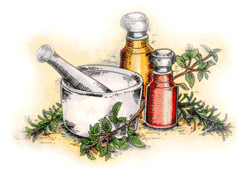
| Collarbone Contusion |  |
 |
|
|
Collarbone (Clavicle) ContusionBruising, of skin and underlying tissues at the clavicle (collarbone) caused by direct blow. Contusions cause bleeding from ruptured small capillaries that allow blood to infiltrate muscles, tendons or other soft tissue. A collarbone contusion is usually accompanied by injury to the sternum (breastbone) or shoulder joint. BODY PARTS INVOLVED Tissue over the clavicle, shoulder and breastbone, blood vessels, muscles, tendons, nerves, covering to bone (periosteum) and connective tissue.CausesDirect blow to the clavicle, usually from a blunt object. Signs & Symptoms
TreatmentFollow your doctor's instructions. These instructions are supplemental.
Home DietDuring recovery" eat a well-balanced diet that includes extra protein, such as meat, fish, poultry, cheese, milk and eggs. Your doctor may prescribe vitamin and mineral supplements to promote healing. PreventionWear appropriate protective shoulder and chest pads during competition or other athletic activity if there is risk of a clavicle contusion. |
Home Remedies || Health Care Blog || Herbal Salves || Herbal Tonics || Herbs || Contact us || Vitamins || Minerals ||
(c)Copyright Best-home-remedies.com. All rights reserved.
Disclaimer : All information on Best-Home-Remedies.com is for educational purposes only. It is not a substitute for professional medical advice. For specific medical advice, diagnoses, and treatment, please consult your doctor. We will not be liable for any complications, or other medical accidents arising from the use of any information on this web site.